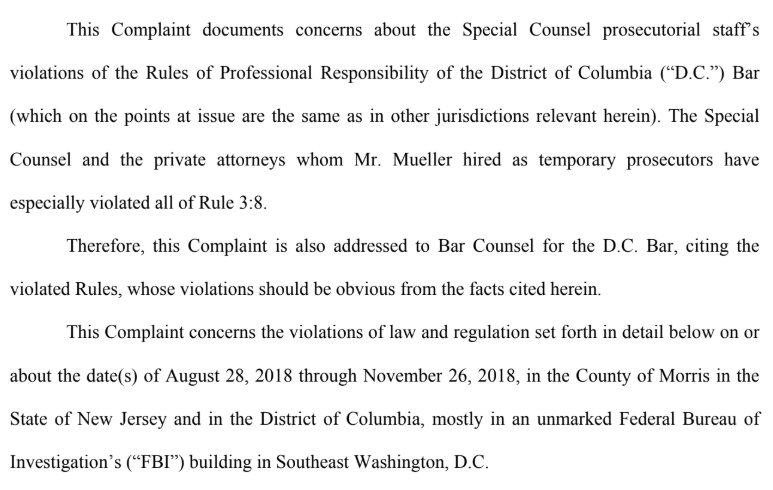The moth named in this article is actually Resapamea stipata.
bugguide.net/node/view/2035…
#DeepDive
It's a very rare pest of corn; only found when corn is grown alongside its host by accident.
lib.dr.iastate.edu/cgi/viewconten…

It's host is now being investigated as a potential source of biofuels, and this moth is one of the pest species because it feeds on roots.
1.) Genus-the group of insects most closely related to this insect
2.) Species-within that group, this particular insect's unique name
However the newspaper article added a third word, 'Morr'
nhbs.com/noctuidae-euro…
Scientific names are all about keeping things as straight and as specific as possible.
At one point, we thought it may become an important pest...but it never ended up becoming an economic problem like many closely related moths.
They're the ones who can ID stuff like this, and let us know what bugs may be potential problems in the long run.










